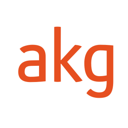Artists lost in the Great War
1 September 2023

The First World War, often referred to as The Great War ended the burgeoning careers of a number of artists. We have selected works by three - Umberto Boccioni, August Macke, and Franz Marc - who died in the war, in battle or in training, whilst in the prime of their creativity.
Umberto Boccioni
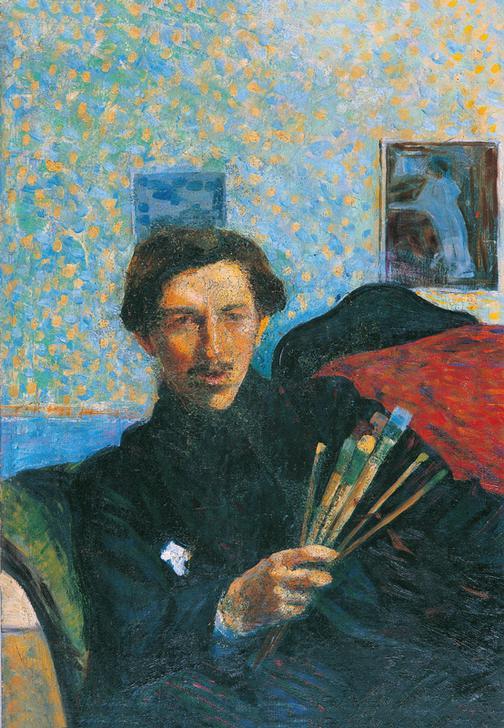
Italian painter, sculptor, and printmaker Umberto Boccioni was one of the principal artists of the Futurism movement, which sought to reject tradition and the past and capture the idea of modernity. Their art aimed to depict the sensations and aesthetics of speed and movement, industrial development and technological progress.
Boccioni studied Impressionism before turning his attention to the Divisionist technique of painting dots and stripes of colour without mixing them on the canvas. He joined the Futurist movement in early 1910 after meeting Filippo Tommaso Marinetti, who had published his Manifesto del Futurismo ("Manifesto of Futurism") a year earlier.
The influence that would come to define Boccioni's oeuvre was found on a visit to Paris in 1911, where the Futurists viewed the works of Braque and Picasso. He also began sculpting after finding inspiration during studio visits to various avant-garde artists.
Futurism was heavily politicised, merging artistic and political agendas. The Futurists would hold what they called serate futuriste, or Futurist evenings, where they would read manifestos, recite poetry, display art, and attempt to provoke and agitate the audience with political rhetoric. Often, these evenings would be broken up by the police.
Their political positions meant that the Futurists were supportive of the coming war. Boccioni joined the Italian army and in August 1916 was trampled by a horse during a training exercise, dying of his injuries the following day.
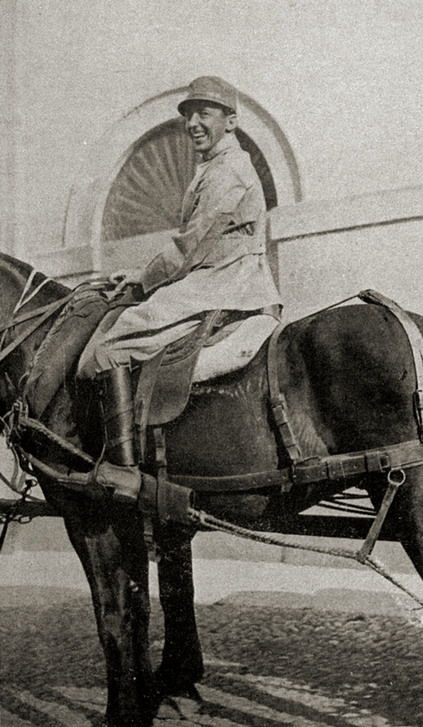
August Macke
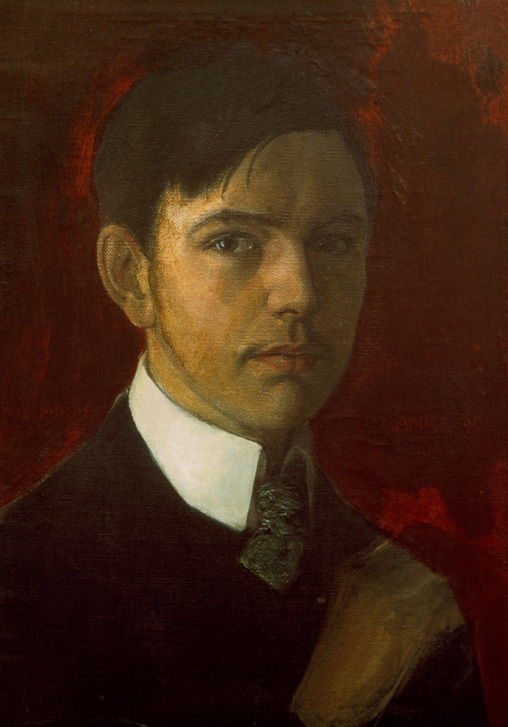
German Expressionist painter August Macke was a leading member of the Der Blaue Reiter (The Blue Rider), a network of Munich-based artists who experimented with Abstraction and Expressionism.
Early in his career, Macke was influenced by the Impressionists, studying in Berlin with one of Germany's leading Impressionist painters Lovis Corinth. He travelled regularly to Paris where he discovered various influences which he drew from to create his own personal style.
In 1909 Macke discovered the work of the Fauves, particularly Henri Matisse, and began to experiment with bolder colours. It was also the year he met fellow German Expressionist Franz Marc and the two began to work together. It was through this friendship that Macke was introduced to Wassily Kandinsky and his involvement with Der Blaue Reiter began.
Macke met the French Orphism painter Robert Delaunay in 1912 and began to incorporate the Cubist-influenced element into his works. Although Macke experimented with many styles, he rarely deviated from the Impressionist subject matter of people and contemporary leisure scenes. A trip to Tunisia in 1914 with Paul Klee and Louis Moilliet marked the beginning of Macke's final phase and resulted in some of his best-known works, such as Türkisches Café (Turkish Café).
Macke was 27 years old when he was killed in action in Champagne, France, in the first months of the war.
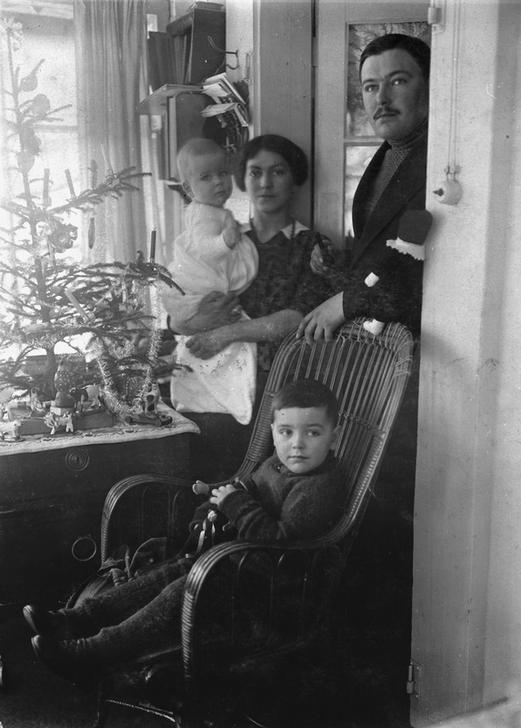
Franz Marc
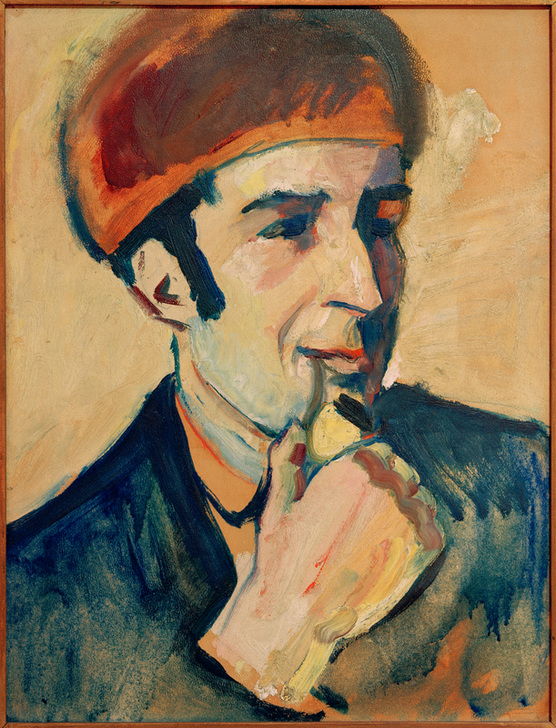
Franz Marc was a German painter and printmaker associated with the Expressionist movement and a founding member of Der Blaue Reiter (The Blue Rider) group. Like his friend August Macke, Marc was also a devotee of Impressionism early in his career. He discovered Post-Impressionism and the work of Vincent van Gogh, whose art greatly influenced Marc's style.
Marc, like Wassily Kandinsky, used abstract forms and symbolism to overcome what he saw as the toxic state of the modern world, and they shared an idea that mystical energy could be revealed through abstraction. Favouring animal subjects over human, Marc believed that civilisation destroyed humans' awareness of the spirituality within nature. Marc was fascinated by futurism and cubism, and after meeting Robert Delaunay in 1912 his work became more abstract and stark.
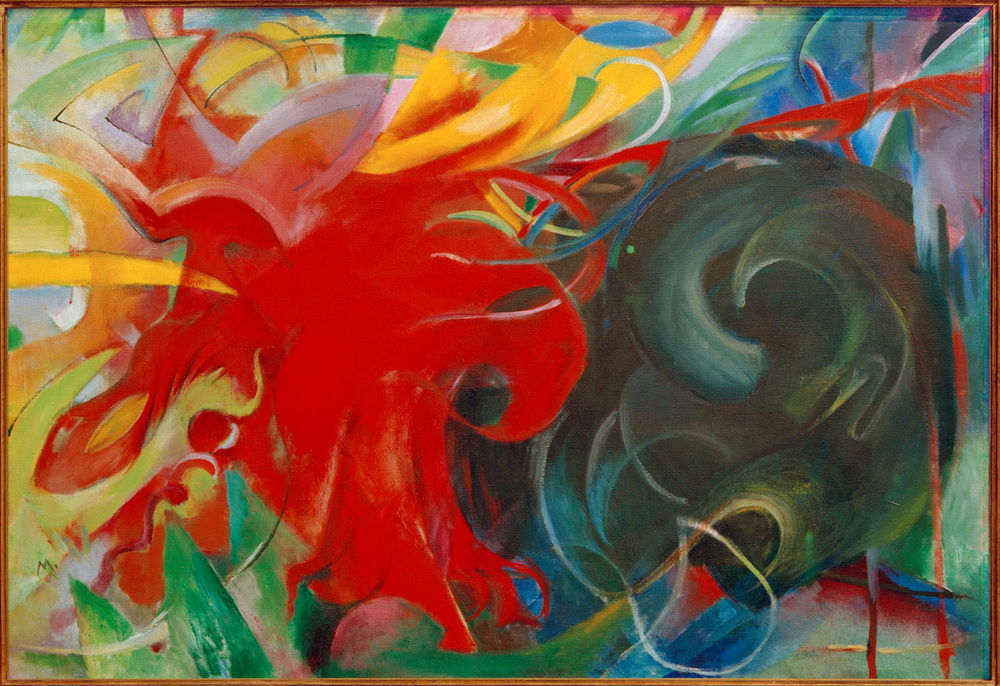
Marc joined the German army in 1914 as a cavalryman and used his artistic knowledge and skill to paint camouflage canvases for shielding artillery from overhead detection. In 1916, during the Battle of Verdun, Marc was struck in the head by shrapnel from an exploding shell and died instantly.
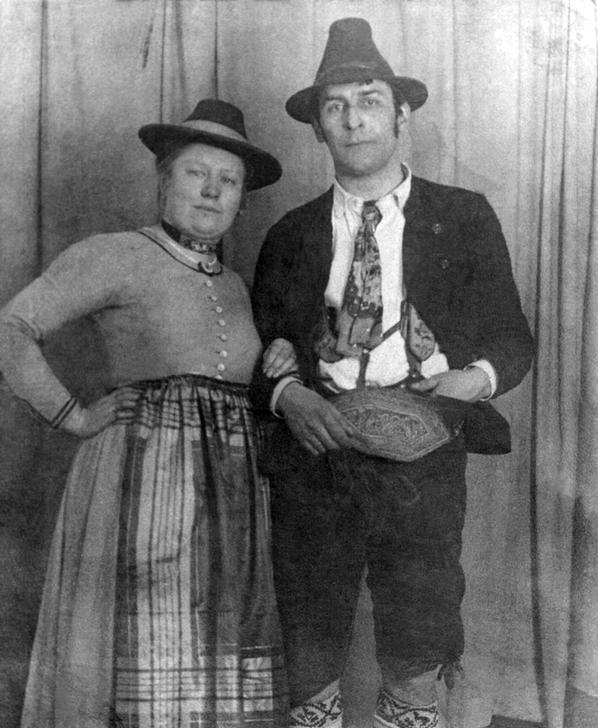

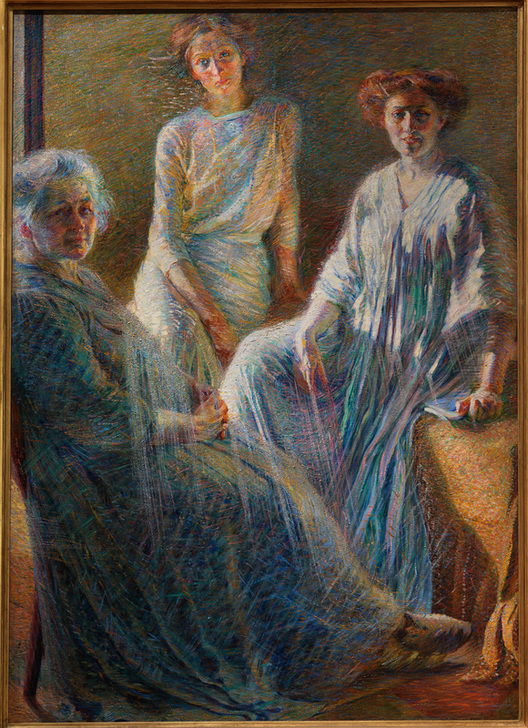
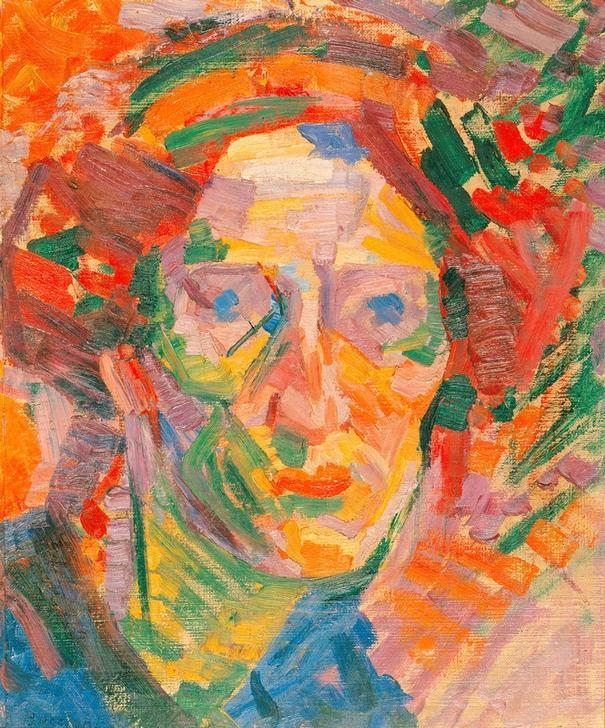
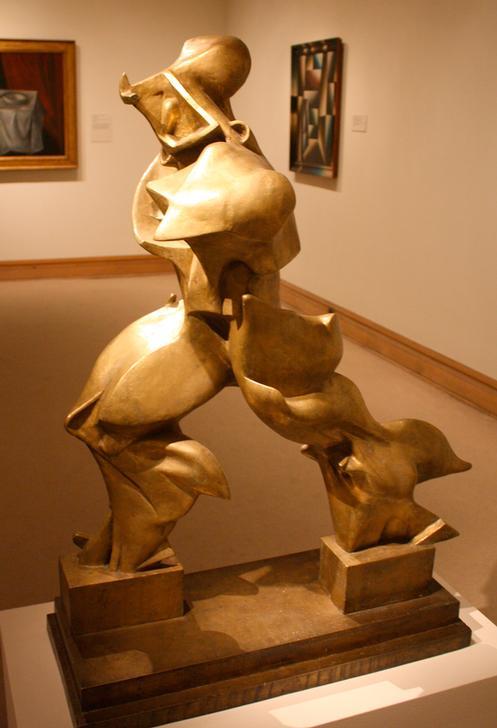
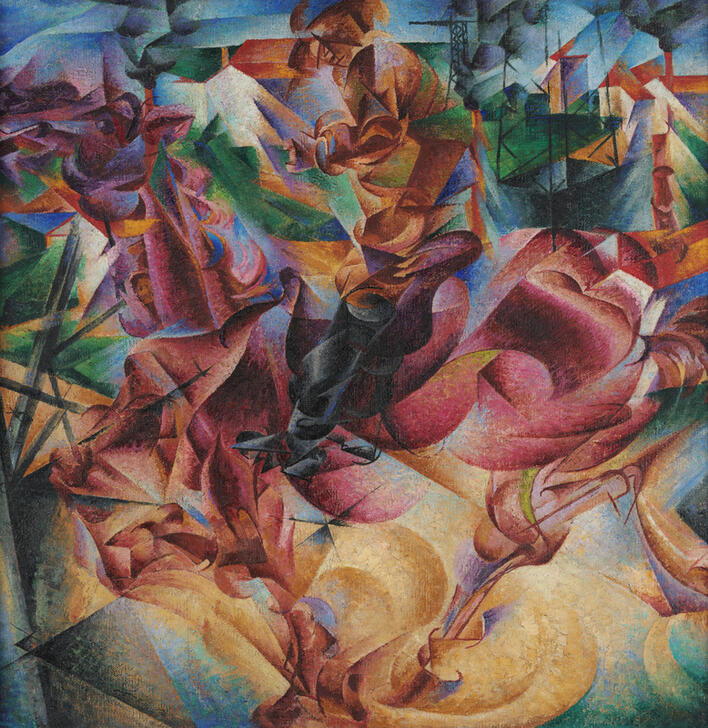
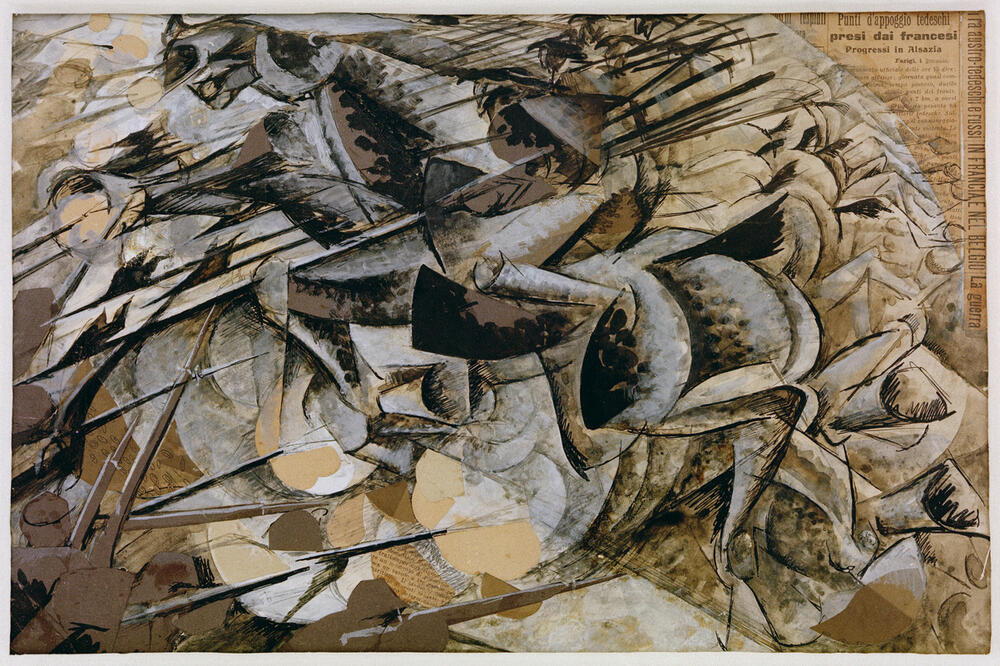.jpg)
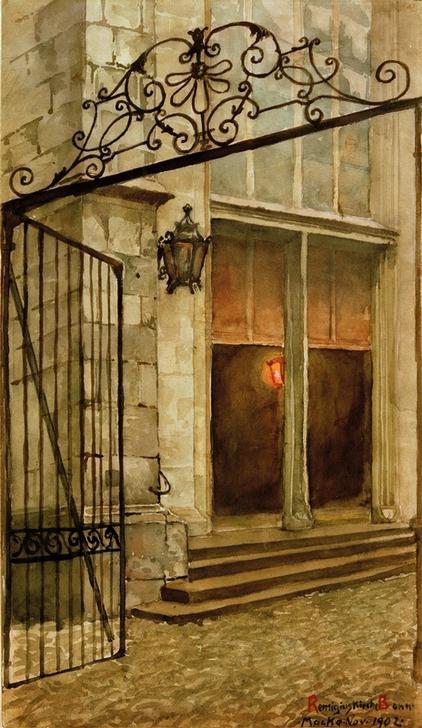
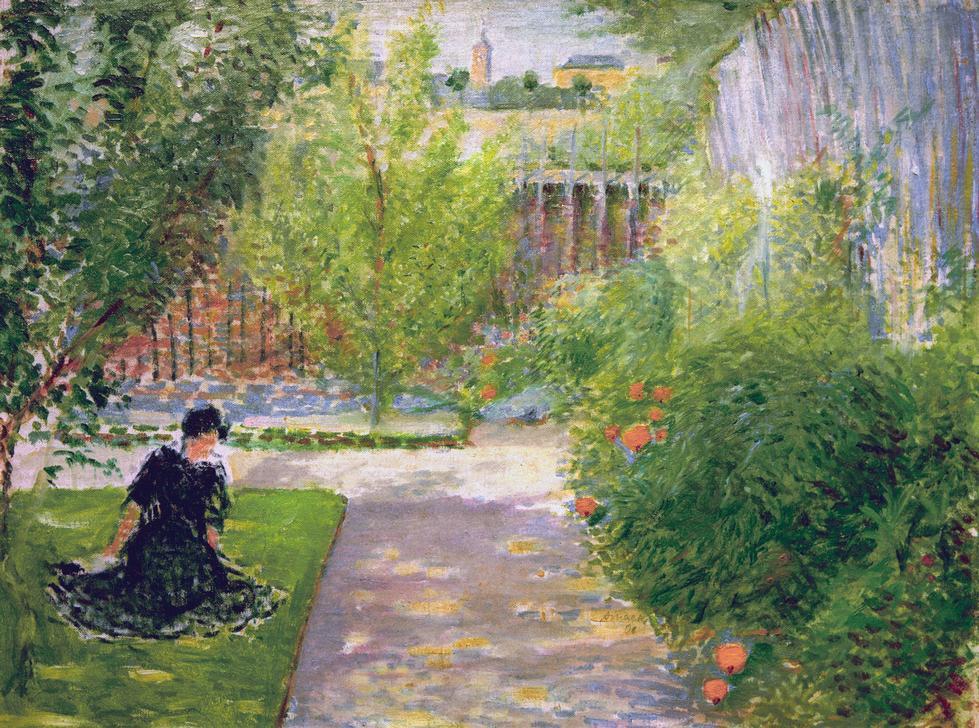
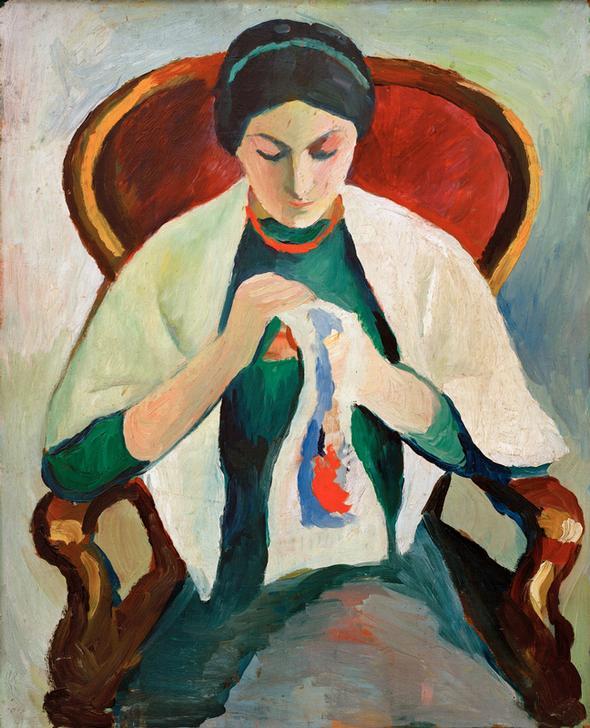
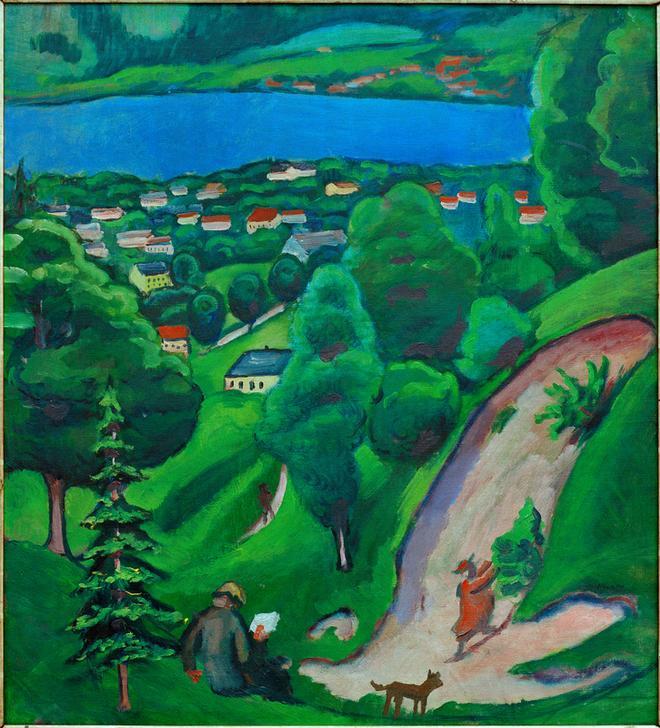

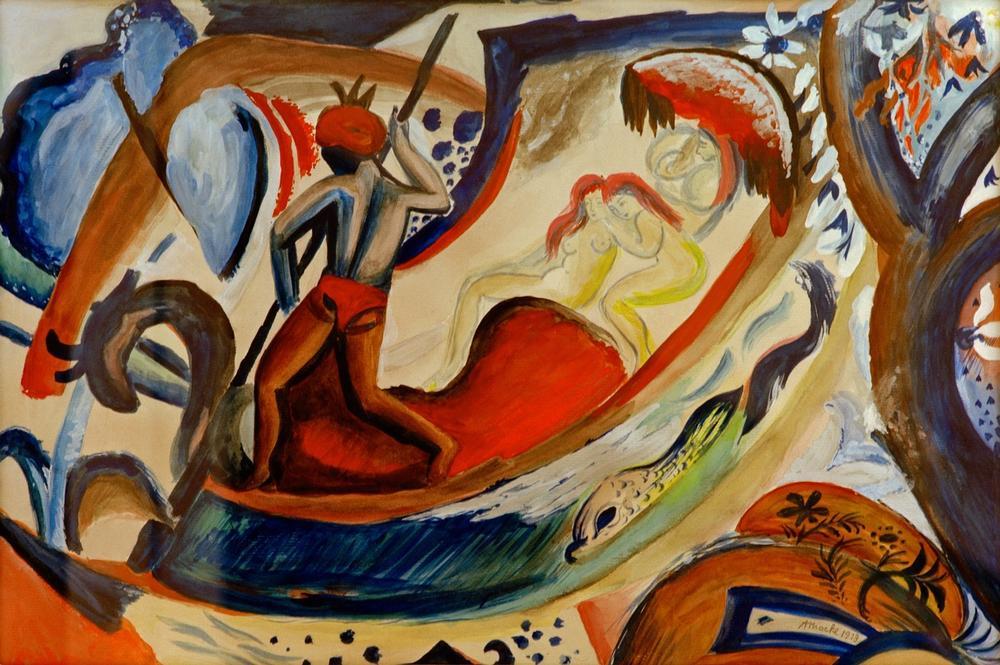
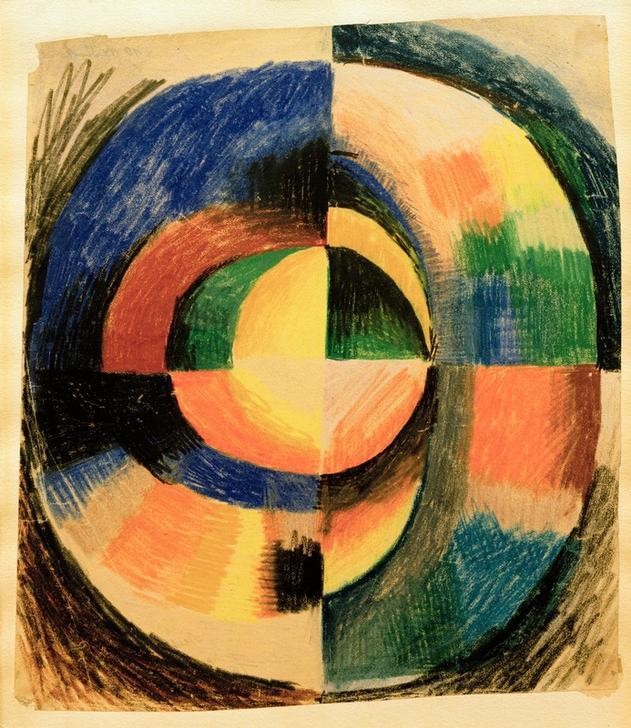.jpg)
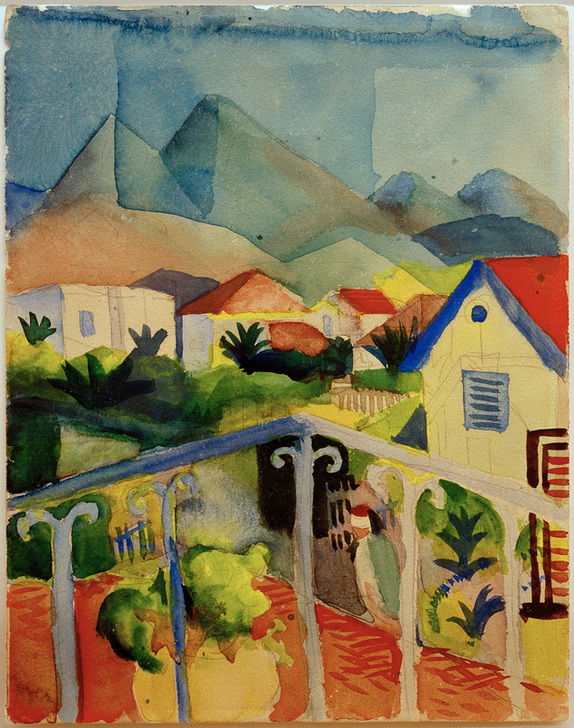

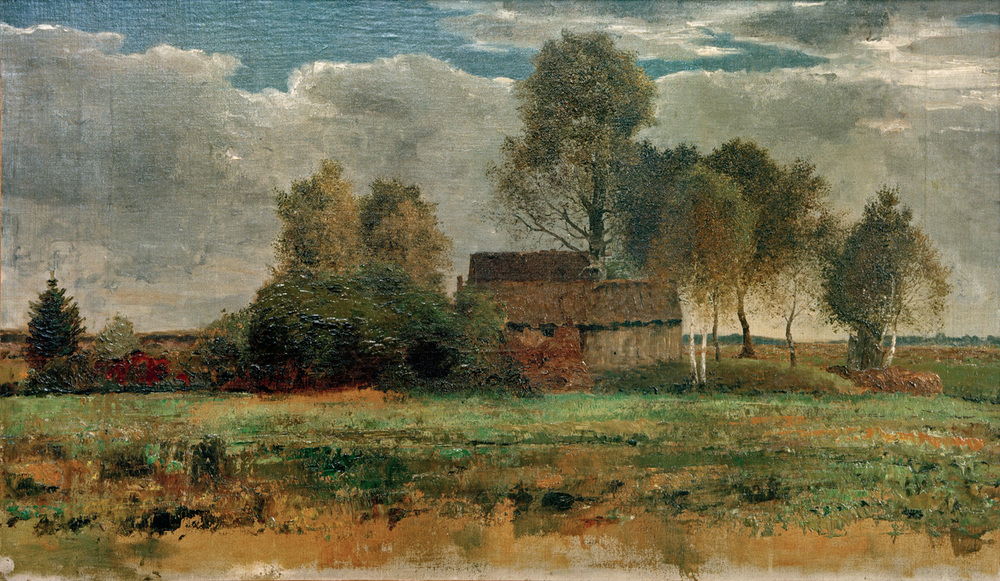

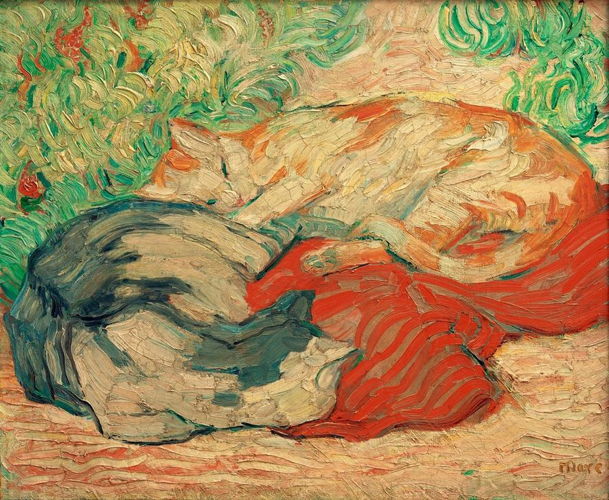
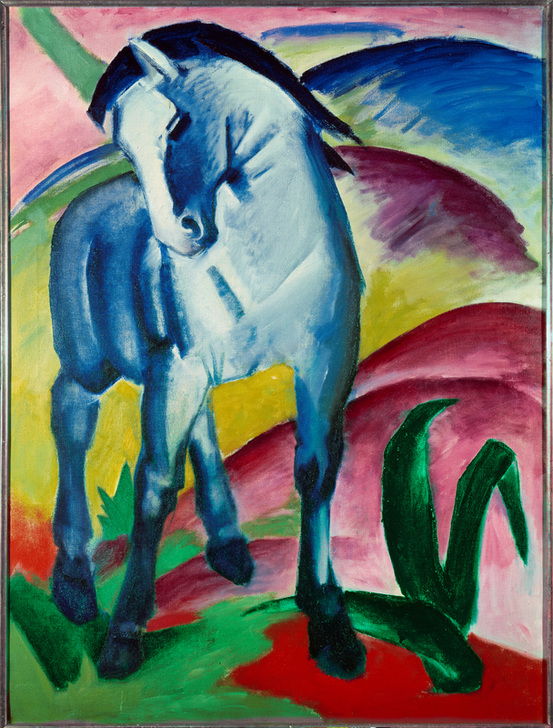
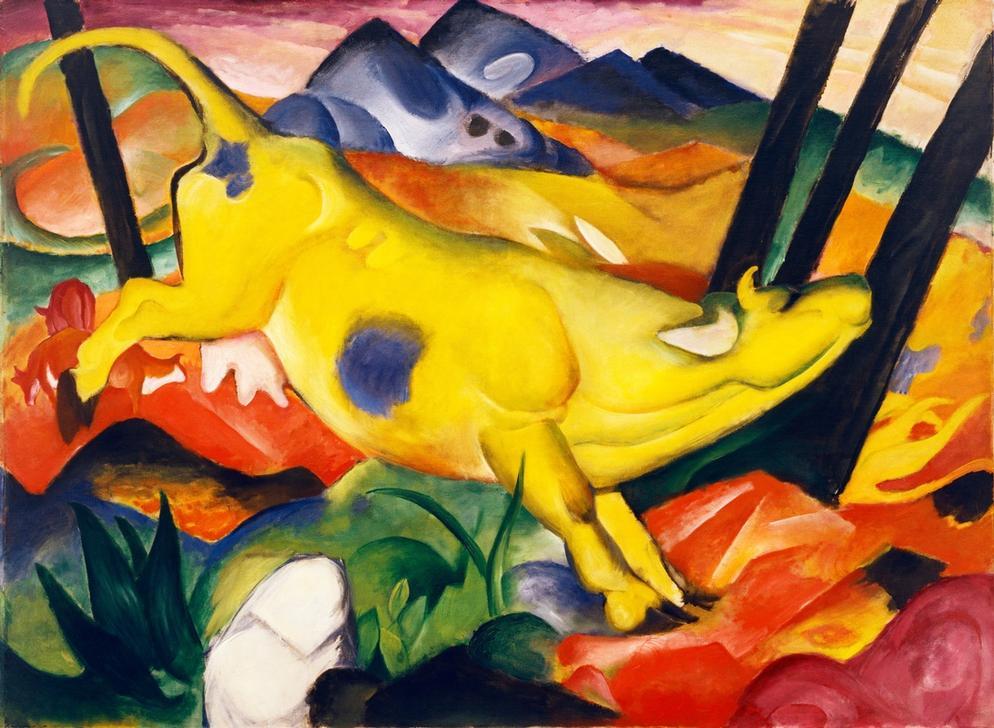

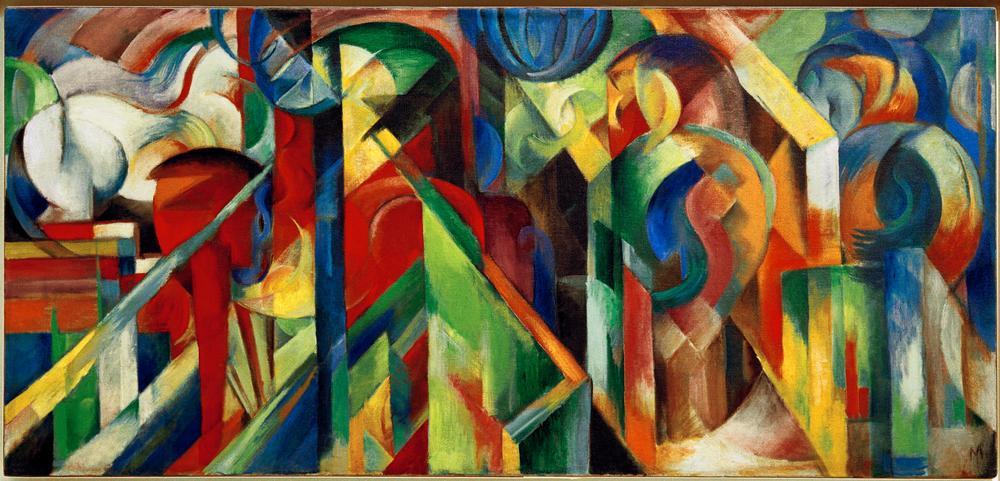.jpg)

